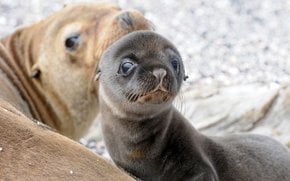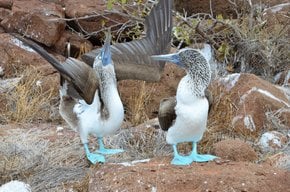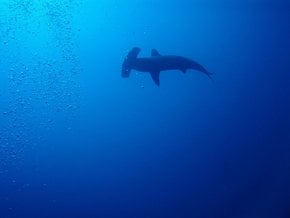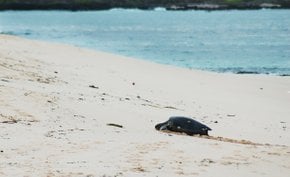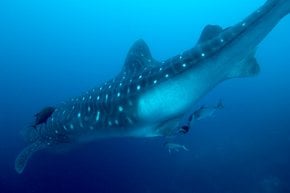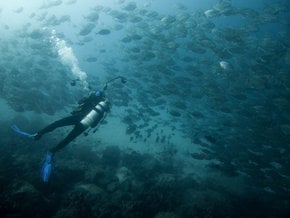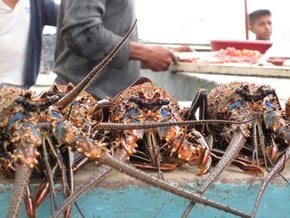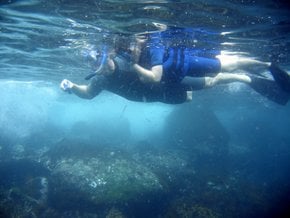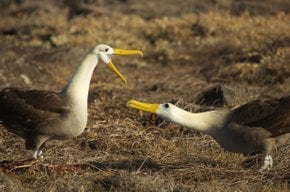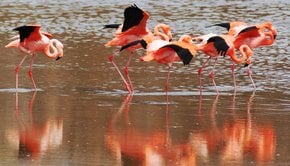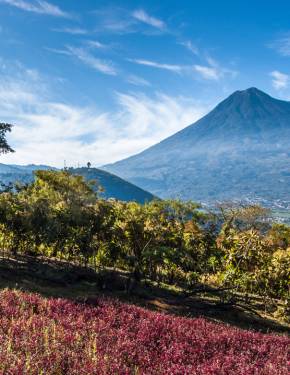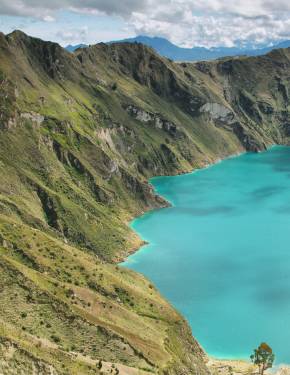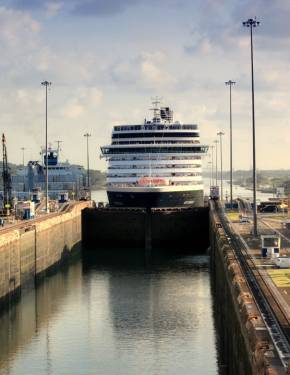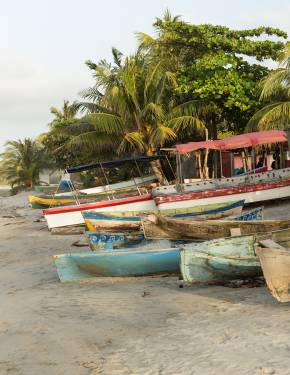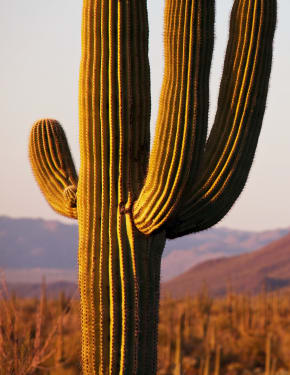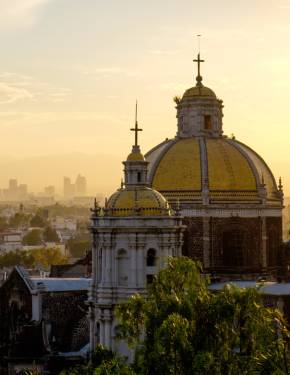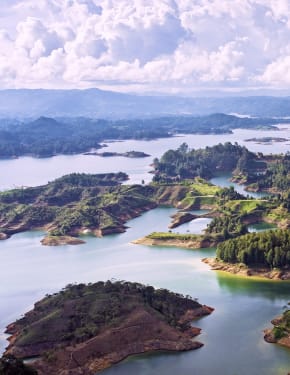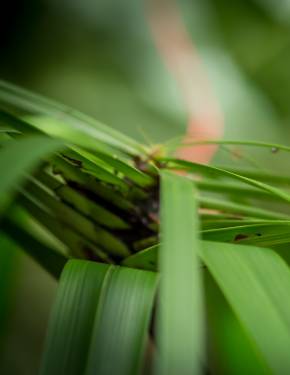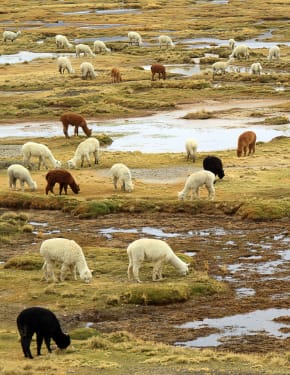Whale Watching in Galapagos Islands 2026
Galapagos Islands are famous for their marine life and whales in particular
Best time: June–November
Over 24 species of cetaceans, including baleen whales, toothed whales, and dolphins, have been recorded in the western part of the Galapagos Islands. The archipelago boasts rich feeding grounds that attract orcas, endangered blue whales, sperm, humpbacks, and Bryde's whales. They are protected by the waters of the Galapagos Marine Reserve (GMR), the second largest marine reserve on the planet that covers 51,351 sq. mi (133,000 sq. km). Whales are especially abundant here during the cooler period from June through November; hence whale watching is most popular during that time.
Best places for whale watching
The marvelous migrating humpbacks and other whales are most often spotted between Fernandina and Isabela Islands. The western islands of the archipelago get hit by the Cromwell Current, also called the Pacific Equatorial Undercurrent, which flows from west to east along the equator and brings cooler water rich with nutrients. Darwin and Wolf Islands in the northern part of the archipelago are also known for whale spotting.
Whale-watching tours
There are no dedicated whale-watching tours in Galapagos. Most visitors encounter whales during multi-day sea cruises aboard luxury catamarans and yachts. These cruises include food, accommodation, land and sea excursions covering the most unique flora and fauna of the Galapagos archipelago. You can see whale sharks, baby sea lions, and penguins. To increase your chances of seeing whales during your trip, opt for a cruise that includes Fernandina and Isabela Islands on their itinerary, like Adventure Life Tours. Spotting a whale while kayaking can be an unforgettable adventure. La Pinta offers multi-day combination tours that include kayaking in the western region. You can also try whale watching from the shore while staying on Fernandina and Isabela Islands.
Whale-watching season
Whales can be found in Galapagos waters all year round. You can spot here orcas and sperm whales at any time. However, whales' numbers increase dramatically in June each year, when the Galapagos archipelago gets hit by the Humboldt current, flowing from the south, as well as the upwelling of the Cromwell current that flows from west to east. Together these currents bring food that whales need. That's when thousands of humpback whales flock to Galapagos to feed and breed. The season lasts until November.
Humpback whales (summer, fall)
Humpbacks are the most frequently spotted whales during Galapagos sea cruises. These whales are known for their playful behavior and acrobatic stunts. They often swim along a boat, breaching, flipper slapping, and lobtailing. These whales are very intelligent and communicate through melodious calls that can be called "songs." These songs last for up to 20 minutes. Humpbacks belong to the larger whale species and can reach 55 ft (16 m). They are recognized due to a hump on their backs. Also, humpback flukes have unique patterns, which makes it possible to identify every one of them.
Blue whales (summer, fall)
Blue whales are the largest animals on the planet and also some of the most endangered. They migrate to the Galapagos islands every year from Chile to feed and breed in its nutritious waters. They reach 98 feet (30m) in length and are famous for their loud whistle-like calls that can be heard for miles around. Blue whales are not that easy to spot because of their small numbers. They stay in Galapagos from July to December.
Bryde's whale (summer, fall)
Bryde's whales are the most common whale species in the Galapagos Islands. They can be spotted around Isabela, Fernandina and San Cristobal islands during summer and fall where they feed on krill, plankton and small fish. The Bryde’s whale belongs to baleen species and reaches 50 ft (15 m) in length. They are amazingly elongated. They can also be recognized by dorsal fins, small flippers, and ridges that run from blowholes to mouth. They are often spotted during cruises.
Sei whales (summer, fall)
Sei whales can be easily confused with Bryde's whales due to similar body shape and color. However a sei whale has just one ridge on it’s snout. Sei whales are also slightly larger, reaching 65 ft (20 m). They can be spotted in small pods while migrating to Galapagod to breed from southern regions.
Orca whales (all year round)
Orca whales, also called killer whales, are permanent residents of the Galapagos Islands. These toothed whales are dangerous predators, they hunt sea lions, whale calves, and turtles. Orcas are cetaceans that belong to the dolphin family and grow up to 32 ft (10m). They can be recognized by black and white bodies. Orcas are very social, and their pods have matriarchal structure. Their hunting tactics are highly intelligent and are often referred to as manifestations of animal culture.
Whale-watching tips
It's considered that weather and time of the day are not significant for whale watching. However, it's much easier to spot whales when the ocean is calm and the weather is clear. Summer and fall are generally quite sunny and dry in Galapagos, but the seas get rougher from July to December. September and October and the most turbulent months because of the Humboldt current, so it may be harder to spot whales and generally not as pleasant to be in the sea for a long time.
What to bring
Even through the weather is very pleasant in Galapagos Islands from June to November, it's best to pack a jacket and some warm layers for your sea cruise. Long pants and closed-toe shoes on rubber soles will serve you much better than shorts and flip flops when out in the ocean. Also pack some medicine if you suffer from motion sickness because the sea can be rather rough. Don't forget, you are going to be near equator, A sunscreen, a sunhat and sunglasses will definitely come in handy to protect yourself from the sun. Binoculars will make your whale watching more satisfactory as well.
Where to stay
Isabela Island has a few hotels, but there is not much of a choice. Tourist infrastructure is more developed on San Cristóbal Island and Santa Cruz Island, where you can find a hotel for any budget and plenty of restaurants. Check out some accommodations below.





















































